The world of rugby is built on a foundation of raw physicality, where the sheer force of collisions defines the game's intensity. Unlike many other sports, rugby embraces controlled violence—a calculated dance of momentum and mass that separates elite players from the rest. The physics behind these bone-jarring tackles and explosive carries reveals a fascinating intersection of biomechanics and athleticism, where split-second decisions carry the weight of literal tons of pressure.
At the heart of rugby's brutality lies a simple equation: force equals mass multiplied by acceleration. A 100kg forward charging at 8 meters per second generates an impact comparable to a small car collision. What makes these forces manageable (relatively speaking) is the players' technique—the way they brace their core, align their shoulders, and distribute energy through their legs. Professional rugby athletes train their bodies to withstand impacts that would hospitalize untrained individuals, developing neck muscles thick as tree trunks and torsos capable of absorbing punishment that defies common sense.
The scrum—rugby's most iconic collision—serves as the ultimate demonstration of collective force. Eight men from each team interlock in a coordinated shoving match where combined pushing power can exceed 8,000 newtons. This isn't chaos; it's physics in motion. The front row's cervical spines endure compressive loads up to 1.7 times their body weight during engagement. Modern rugby science has revealed that proper scrummaging technique reduces spinal loading by 25% compared to poorly executed engagements—a critical insight that's changed how forwards train at all levels of the game.
Impact measurement technology has uncovered startling data about routine tackles. During a standard midfield collision, players experience 10-15g of deceleration—comparable to what fighter pilots endure during extreme maneuvers. The hardest recorded rugby hit topped 26g, briefly subjecting the ball carrier to forces similar to a high-speed car crash. What's remarkable isn't that these collisions occur, but that players routinely get up and continue playing after experiencing them. This speaks volumes about rugby's culture of toughness and the extraordinary conditioning of its athletes.
Evolution in protective gear has created an arms race between equipment manufacturers and the increasing power of collisions. Modern shoulder pads disperse impact energy across a wider surface area, while advanced mouthguards now come equipped with accelerometers that measure head impacts in real time. The irony? As safety equipment improves, players keep getting bigger and faster—the average professional rugby forward today weighs 18kg more than his counterpart from the 1980s while maintaining similar speed metrics. This creates a paradoxical situation where better protection enables harder hitting.
The psychological dimension of rugby's physicality often goes unexamined. Players must cultivate a unique mindset that simultaneously embraces violent contact while maintaining precise technical control. The difference between a legal tackle and a dangerous one often comes down to centimeters in body positioning and milliseconds in timing. This mental calculus happens instinctively during play—a fusion of spatial awareness, proprioception, and cold-blooded determination that defines rugby's warrior ethos. Training drills specifically develop this "contact IQ," teaching players to enter collisions at optimal angles that protect themselves while maximizing disruptive force against opponents.
Rugby's governing bodies walk a tightrope between preserving the sport's physical essence and protecting player welfare. Recent law changes targeting high tackles and reckless collisions have reduced concussion rates by nearly 30% in professional leagues without diminishing the game's intensity. The sweet spot lies in maintaining rugby's identity as the ultimate test of courage and strength while acknowledging that today's athletes hit with forces unimaginable to the sport's 19th-century pioneers. This balancing act continues as research provides new insights into long-term effects of repetitive subconcussive impacts.
Looking toward rugby's future, the collision equation keeps evolving. Strength and conditioning programs now emphasize "usable power"—the ability to generate force from unconventional body positions rather than just traditional weight room metrics. Sports scientists are exploring how neuromuscular training can help players better absorb impacts, while nutrition advances accelerate recovery between bone-rattling matches. The next frontier may involve real-time biometric monitoring that alerts medical staff when a player accumulates dangerous impact thresholds during a game.
The poetry of rugby's violence lies in its paradox—a sport that celebrates monumental collisions while demanding exquisite control within them. From schoolboy matches to World Cup finals, that moment of impact represents rugby's purest truth: a test of courage, physics, and human limitation played out in fractions of a second and remembered for lifetimes. As the sport continues evolving, its essence remains unchanged—the glorious, terrifying beauty of bodies in motion meeting at the intersection of strategy and sacrifice.
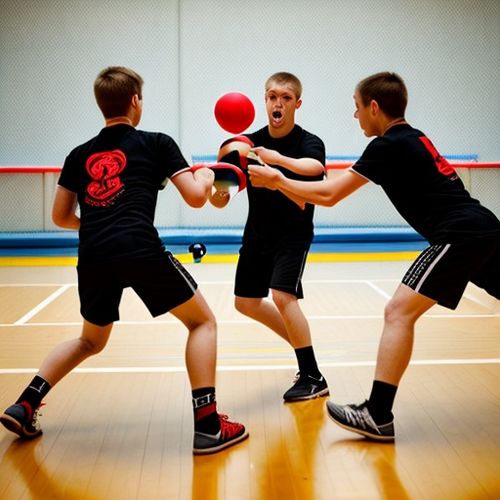
By Christopher Harris/May 8, 2025
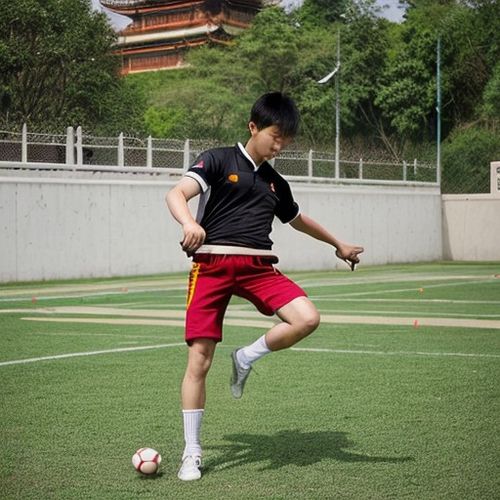
By Laura Wilson/May 8, 2025
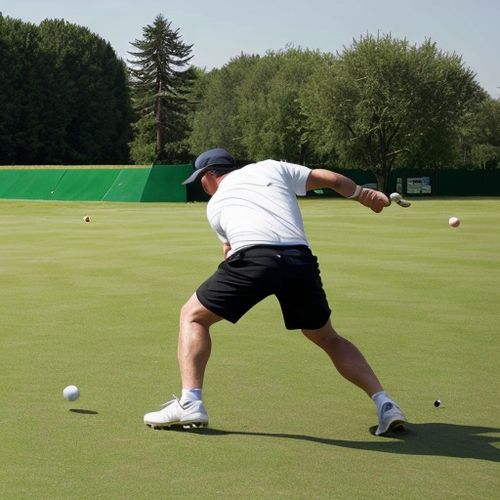
By Amanda Phillips/May 8, 2025

By William Miller/May 8, 2025

By Noah Bell/May 8, 2025
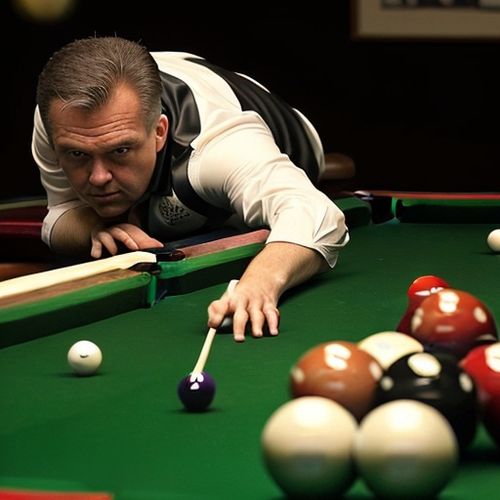
By Elizabeth Taylor/May 8, 2025

By Joshua Howard/May 8, 2025
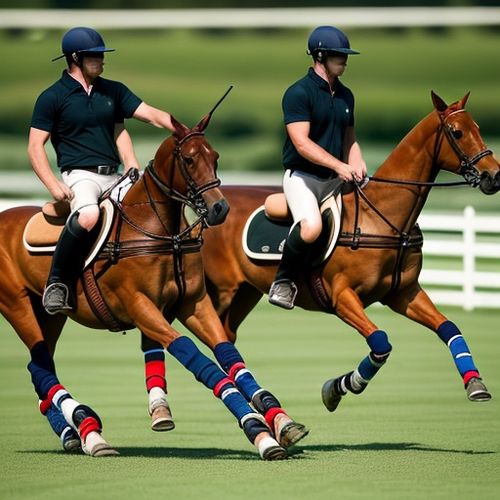
By Ryan Martin/May 8, 2025

By George Bailey/May 8, 2025

By Natalie Campbell/May 8, 2025
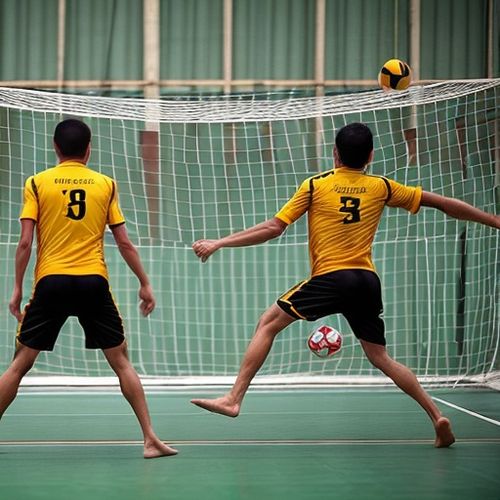
By Joshua Howard/May 8, 2025
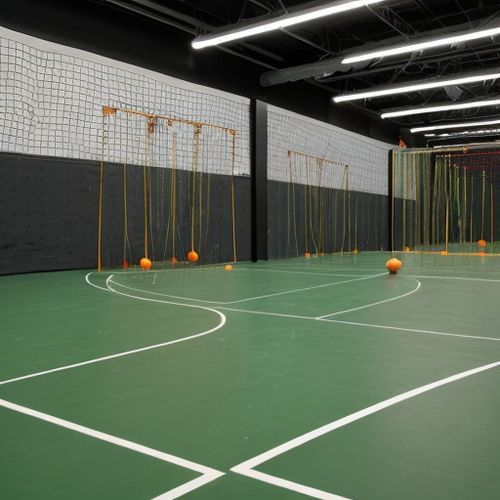
By Elizabeth Taylor/May 8, 2025
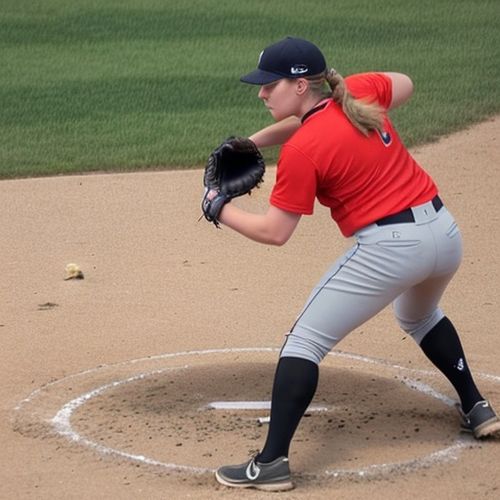
By Samuel Cooper/May 8, 2025
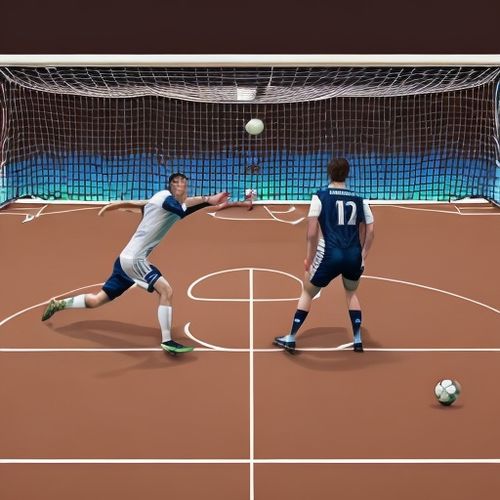
By Joshua Howard/May 8, 2025
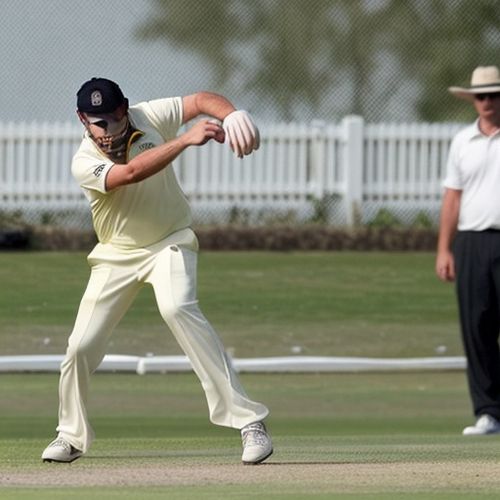
By Grace Cox/May 8, 2025
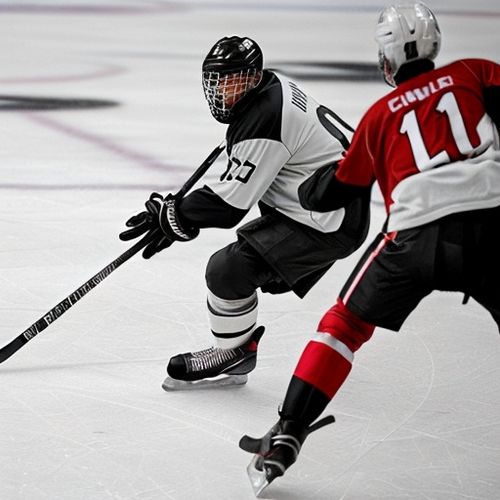
By Christopher Harris/May 8, 2025

By Samuel Cooper/May 8, 2025

By Sophia Lewis/May 8, 2025
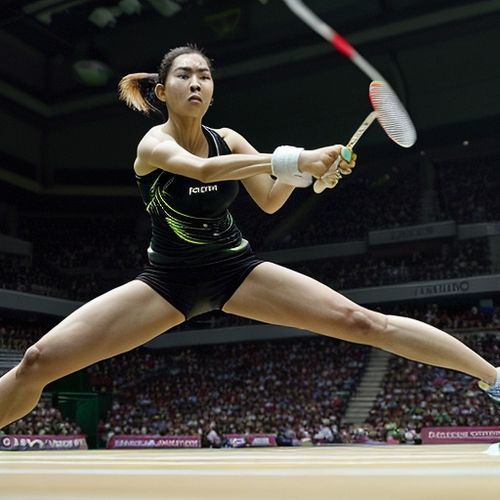
By Eric Ward/May 8, 2025
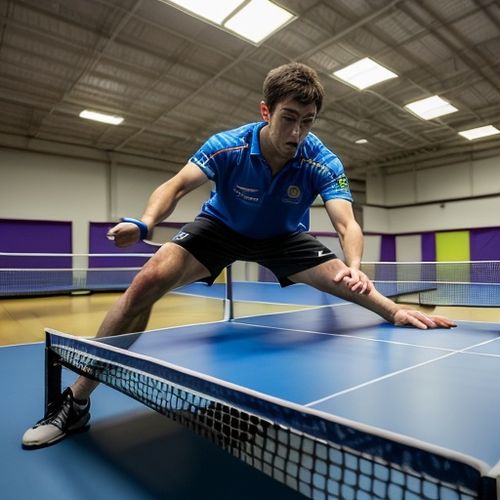
By Sarah Davis/May 8, 2025